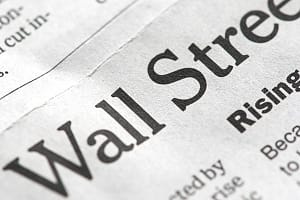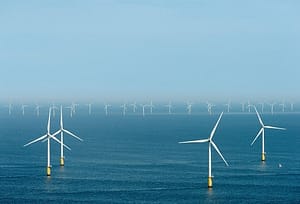Equity income investors typically look for two things. One is an attractive yield, and the other is the potential for dividend growth. Our research has shown a link between a company’s sustainability characteristics and historical dividend growth.
Past performance is no guarantee of the future, of course, but the findings suggest that ESG leaders are more likely than ESG laggards to offer attractive levels of dividend growth over the long term, across a range of economic scenarios. Stable dividend growth can offer some mitigation during periods of rising prices.
Factors such as a company’s competitive position and end markets matter for dividend growth. But a sustainable operating model and a forward-thinking management team are also important. Analysis of Fidelity’s sustainability ratings (which grade c. 4,900 companies from A to E) shows a strong relationship between historical dividend growth and ESG quality.
On average, companies rated A for sustainability have the highest levels of historical dividend growth, at over 5 per cent, with D- and E-rated stocks offering the lowest average levels of growth. The trend is not entirely linear because the smaller sample for E-rated stocks allows for individual companies to skew the median more than in other ratings groups.
Nonetheless, there is a clear relationship; so why does it exist? Good management of environmental and social risks (and opportunities) tends to help companies avoid higher regulatory costs, litigation, brand erosion and stranded assets. Strong governance, meanwhile, reduces the risks associated with over-leveraged balance sheets or risky, value destroying M&A. This protects profits and allows them to be paid out to shareholders as dividends.
However, companies in sectors with structural sustainability issues – whether well managed or not – may face weaker dividend growth. For example, oil majors Shell and BP* both significantly reduced dividend distributions last year to fund the transition to lower carbon assets. Other energy companies may follow suit in the face of growing calls to increase investment in renewables.
By contrast, utilities with renewable energy operations are benefiting from regulatory and investment tailwinds. Enel, one of the earliest utilities to invest a lot of money in renewable energy and now the largest renewable provider in the world by power output, has committed to 7 per cent annual growth in dividends through to 2023. In a completely different sector, Unilever – another business Fidelity rates highly for sustainability – has a record of long-term dividend growth (around 6 per cent annualised over 20 years).






Leave a Comment